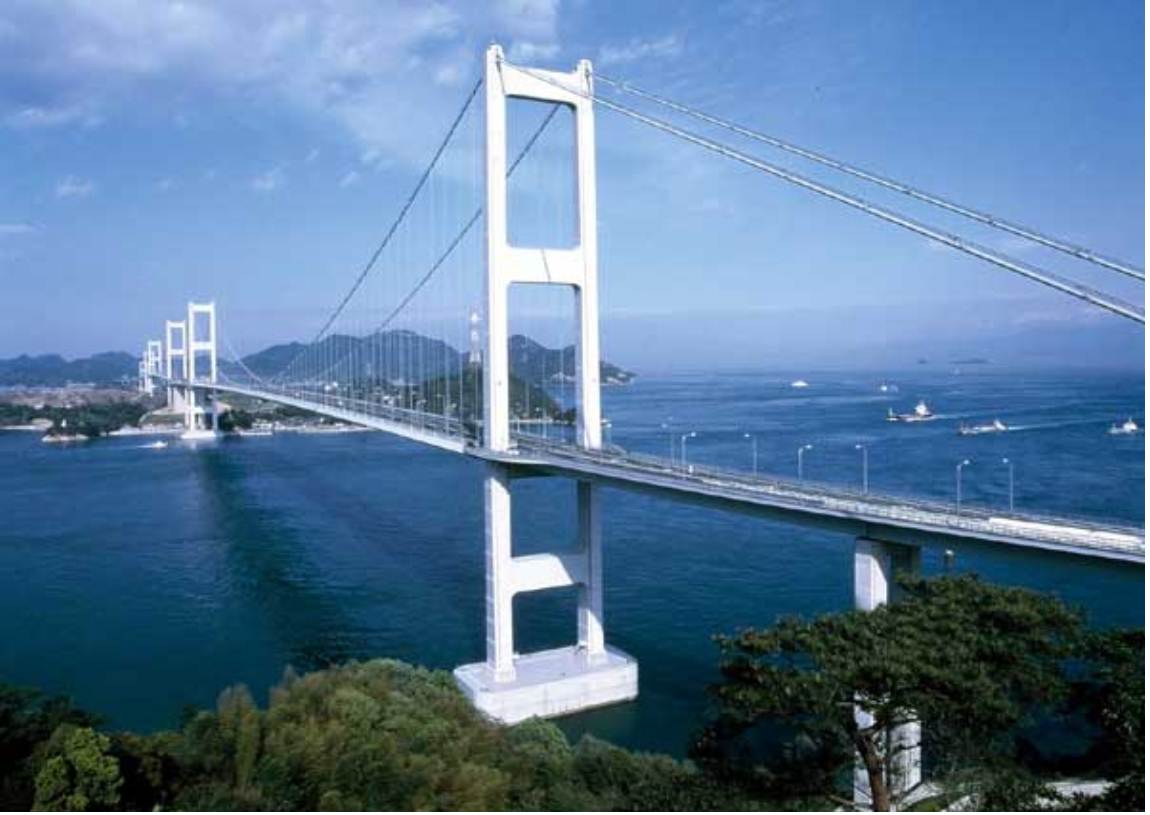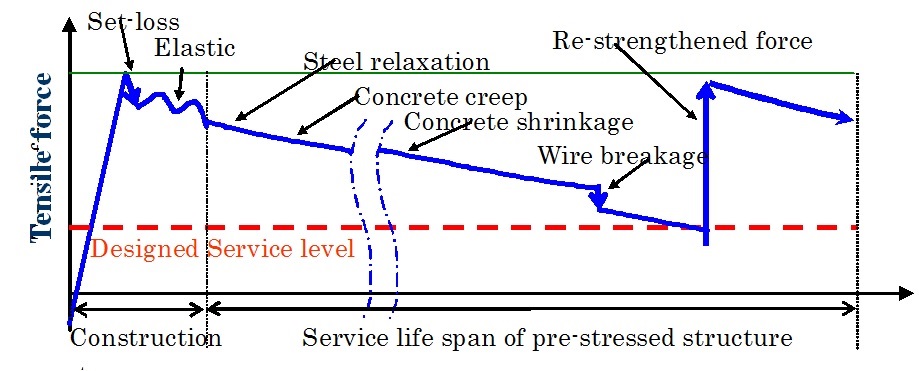Typically structures at risk for catastrophic failure are susceptible to scouring, fatigue, progressive cracking, or any other progressive structural deficiency. There may be external factors contributing to risk such as barge/ship collision. Structural Health Monitoring system (SHM) has been designed to determine structural integrity and to warn of excessive or sudden impact loading. It has the capacity to detect the presence of some terrorist activities.
SmartSensys’s customized monitoring system will provide overall bridge health information and has the advantage of the ability to locate damage in areas where access is usually impossible. Its data will help owners and maintenance authorities make rational decisions in allocating maintenance and repair budgets.
Some possible physical deficiencies and their possible sensors are listed as follows:
- External crack: wireless crack sensor
- Internal crack: stick scanner
- Current stress condition: SLIT
- Tower inclination: wireless tilt meter
- Displacement: wireless displacement sensor
- Relative deflection: On-Bridge Imaging System (during loading test)
- Scour: wireless tilt-meter and wireless strain
- Temperature: wireless temperature sensor
- Humidity: wireless humidity sensor
- Security: human presence sensor
Features
- Provide a long-term structural health monitoring system for suspect structures to determine their current load capacities and to provide viable data for decision making
-
Monitor crack propagation due to fatigue and/or excessive loading
- Monitor local stress and strain in the hot spots
-
Monitor deflection/displacement due to scouring and/or excessive loading
- Monitor expansion joint displacement due to pier settlement and/or tilt due to scour, girder deflection
-
Monitor simple dynamic property for overall structural health
- Monitor transient structural properties due to transient temperature changes


